As responsible travelers evolve, so do the stories we share.
This article is part of our living archive — trusted content we continue to care for.
First published on August 28, 2019 • Last updated on August 28, 2019.
The makana is a traditional shawl worn by the indigenous women of the Azuay Province. For generations, families have passed down age-old patterns and techniques for dying spun wool. Some of the most traditional shawls are large, with huge, knotted borders designed to display names of places or symbols like birds. More common are the smaller versions, available for about $40 at most of the major artisan markets in Cuenca and surrounding small towns. The more expensive versions can cost several hundred dollars, reflecting the many hours necessary for completing a single shawl.
If you are interested in learning more about these famous Cuenca shawls, I suggest you visit the House of the Makana in the small town of Gualaceo. Even better, arrive on a day when co-owner Ana Maria Ulloa is working. She provides an excellent tour in smooth, easily understood Spanish that my husband and I found easy to translate for our non-Spanish speaking companion.
House of the Makana in Gualaceo, Ecuador
We arrived at the House of the Makana after a morning searching for a very special guitar in the tiny hamlet of San Bartolome. Our local driver, Milton, suggested stopping at the Gualaceo market for a delicious lunch of hornado, an amazing dish of oven-roasted pork served with sides of mashed potato pancakes, hominy-like corn, and a salad of sliced tomatoes and red onion. If you have never tasted this dish with regionally distinct versions found throughout the Ecuadorian Andes, Gualaceo is a good place to start!
After lunch, Milton offered us one more stop before heading back to our hostel. I have long wanted to see makana-artists in action, so it seemed a perfect opportunity to visit the House of the Makana. Most visitors arrive in tour vans or buses as part of a day trip out of Cuenca. They also visit Sigsig for Panama hats and Chordeleg for jewelry to complete a full day of shopping. If you’re like us, you might prefer to take your shopping trips in small doses with plenty of opportunities to experience the culture of a place. It’s part of the reason we hired a driver/guide. Without Milton, we never would have found that special guitar nor enjoyed the delicious homemade horchata made by Doña Elmira.
When we arrived, Milton introduced us to Ana. They were old friends. He then proceeded to disappear. We found him later, napping on a wooden bench, his Panama hat shading his eyes from bright light. He had multiple reasons for wanting to visit!
The Wool and Fibers of the Makana
Ana introduced us to the two young women working on spinning wool into fiber. They shyly declined to have their photos taken but continued spinning as we looked on. Creating a fine thread from either llama, alpaca, or sheep’s wool is only the first step.
Those un-dyed fibers are wrapped around a frame about the length of a completed scarf. The artists ties those threads together so that some of the threads remain visible and others are hidden behind layers of string made from the agave cactus. That string is tied tight enough to prevent dye from touching the fibers inside.
The Makana Dyes
After seeing the frames set up for prepping the fibers for dying, Ana took us to see the dye vats. Large pottery vats held different versions of dye, most deriving from a few natural ingredients. Ana enjoyed showing us how the dull-colored, dried out shells of the cochineal turn a luscious, deep red in the palm of her hand. She then explained how adding a different mordant fixes the same dye in a different shade. Cochineal can create colors from a deep red to a luscious purple depending on the addition or subtraction of other ingredients.
Ana then proceeded to dip her hand into a sludge-like mixture that looked like coagulated and used motor oil. It turned out to be indigo, a dye that creates stunning blues and greens. Her list of natural ingredients went on and on. I’m sure the recipes for many are old family recipes kept secret for generations.
Weaving a Makana
The next step in making a makana is the actual weaving. Ana demonstrated the process on a backstrap loom, a contraption that uses the weight of the human body to help keep the weft tight as the artist weaves the dyed fibers back and forth. It is back breaking work. Some workshops use European-style handlooms to complete this process.
In most woven goods, the pattern is created during the actual weaving. However, with makanas, the artist decides the pattern during the dying stage. The different knots and ties of the agave fiber must be exact to help create the soft but definite patterns of traditional makanas.
The Hand-Knotted Makana Border
A makana is not finished until the end threads have been knotted and tied into an intricate border. Some of the more expensive makanas have borders so intricate that they include writing or images. Ana showed us one with an Andean Condor and the word ECUADOR knotted into its border.
If you would like to see that very same shawl, she has it on display in her sales shop. It hangs in a place of importance among hundreds of other gorgeous shawls for sale! Since the tour of the House of the Makana is free, the best way to thank Ana for her time is to buy a shawl or two. Or three. Or maybe even four!
Are Makanas and Ikat The Same Thing?
While looking for more information on these beautiful hand-woven shawls, you may have run across the term ikat. Ikat come from the Malaysian word mengikat which means “to tie” or “to knot”.
In fact, examples of this knotting, dying, and weaving technique exist in many other cultures. Examples from across the world can be traced to medieval times. Yet no one really knows which culture came upon the technique first. It is most likely that each region arrived at this art form independently. It remains a mystery waiting for a textile historian to unravel!

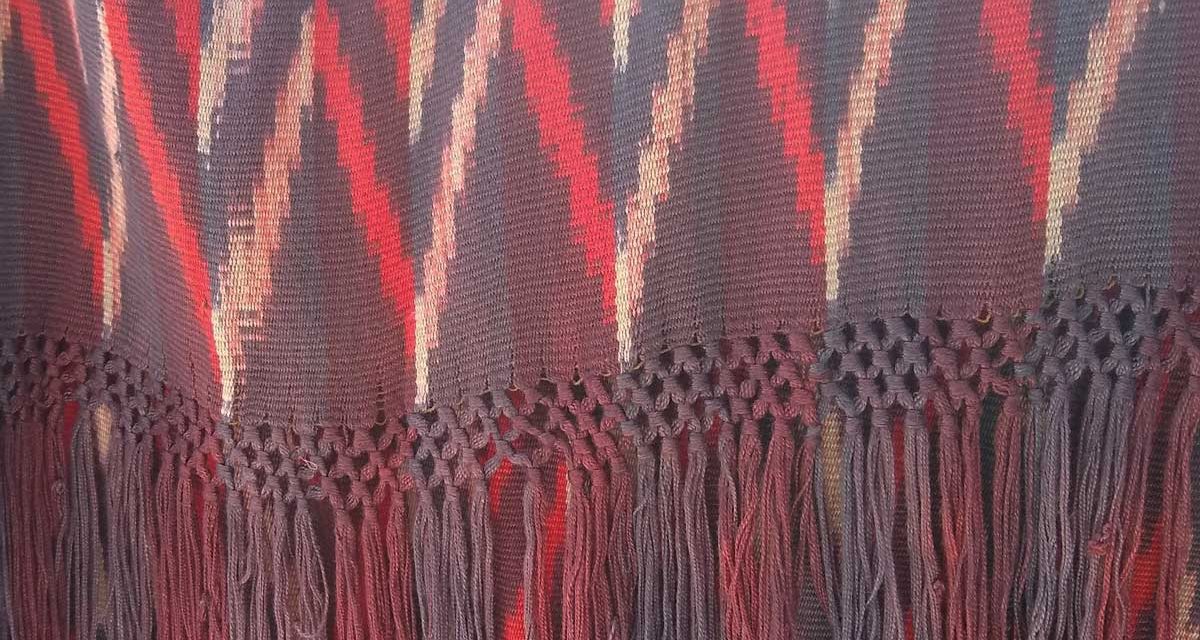
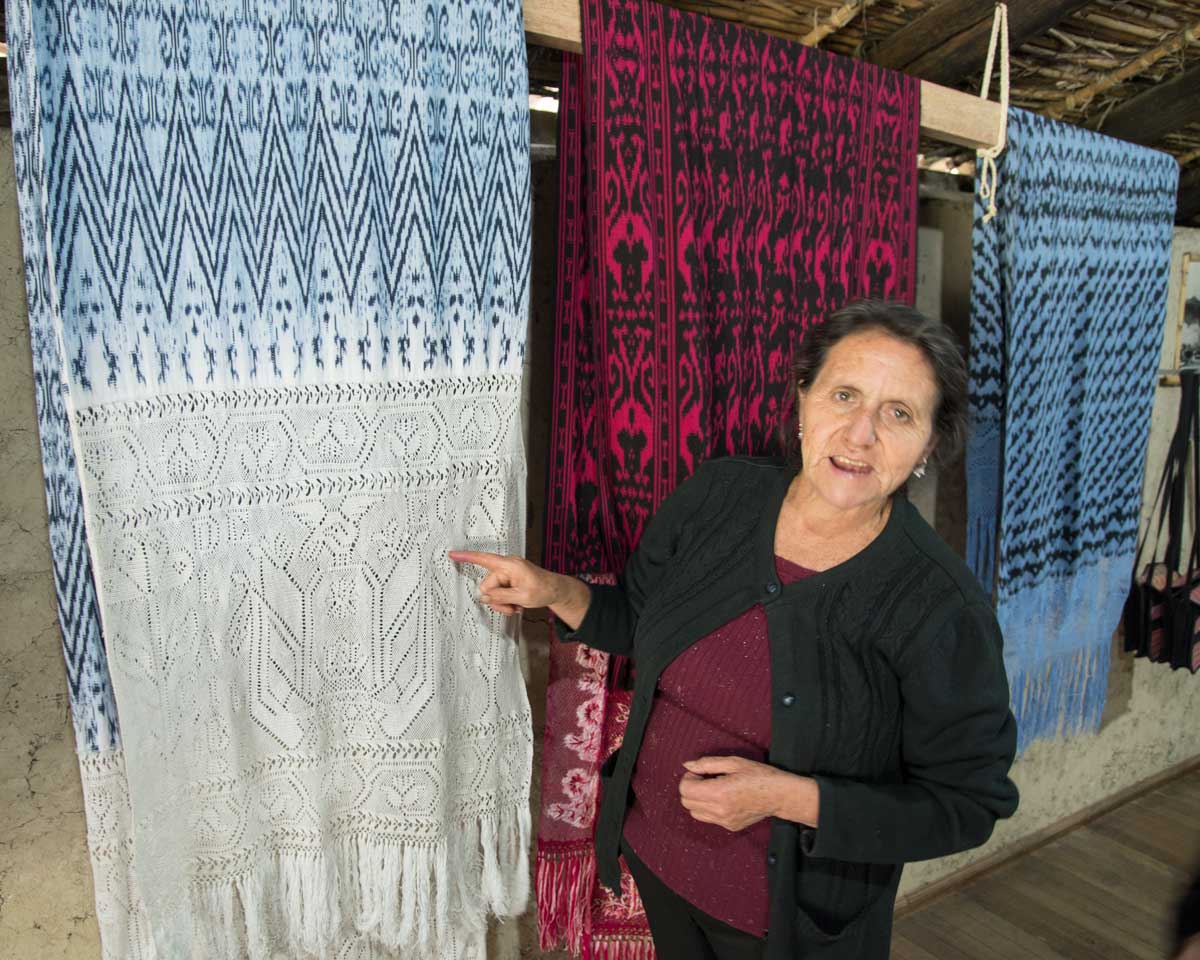
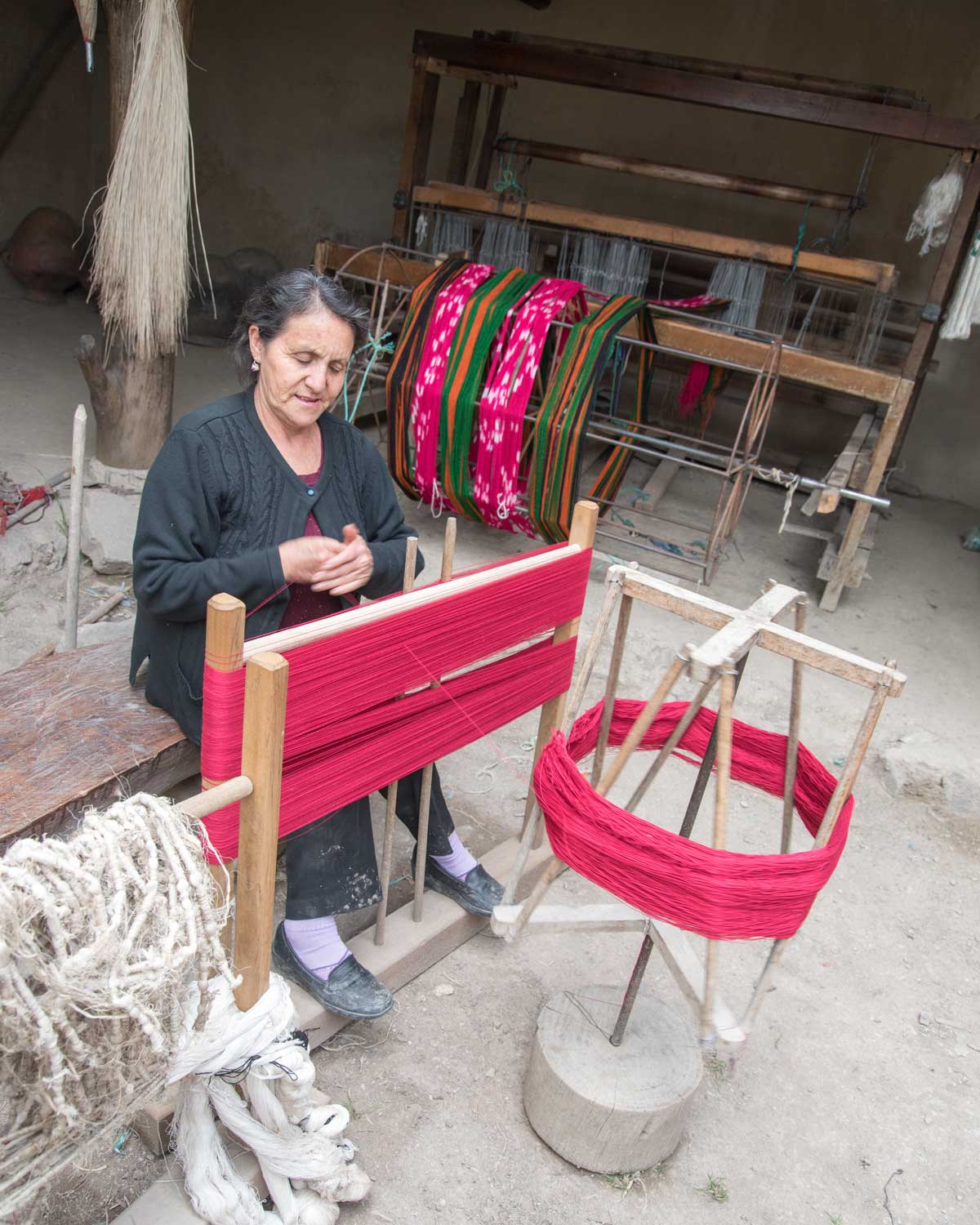

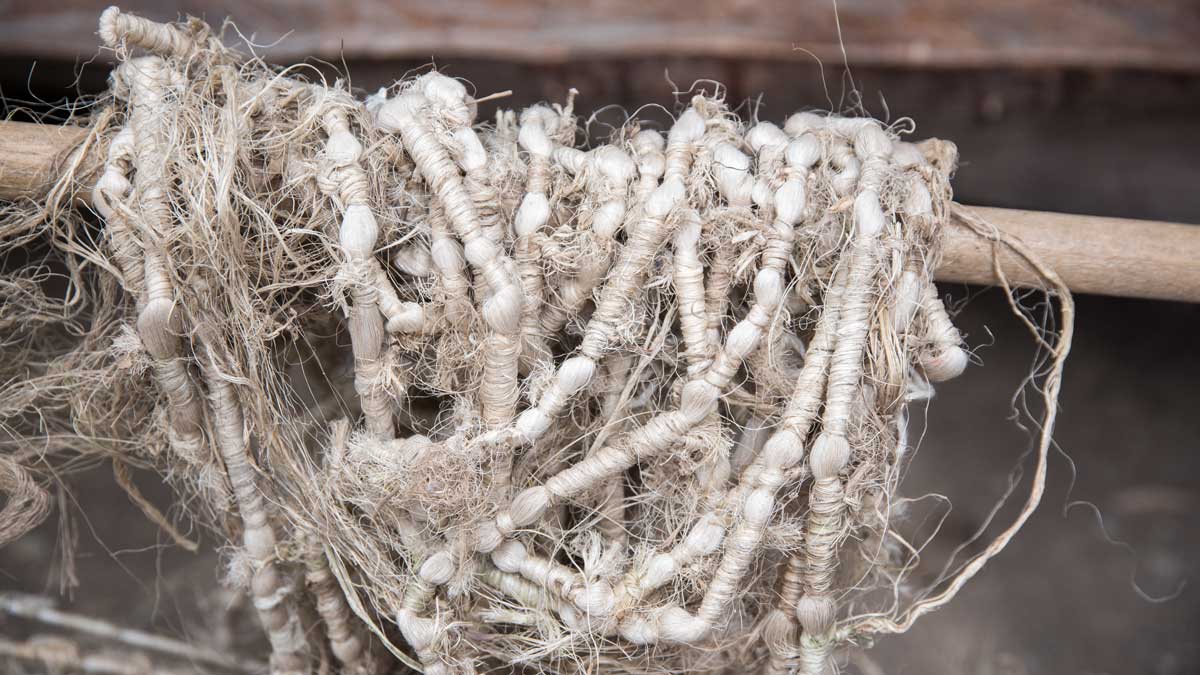
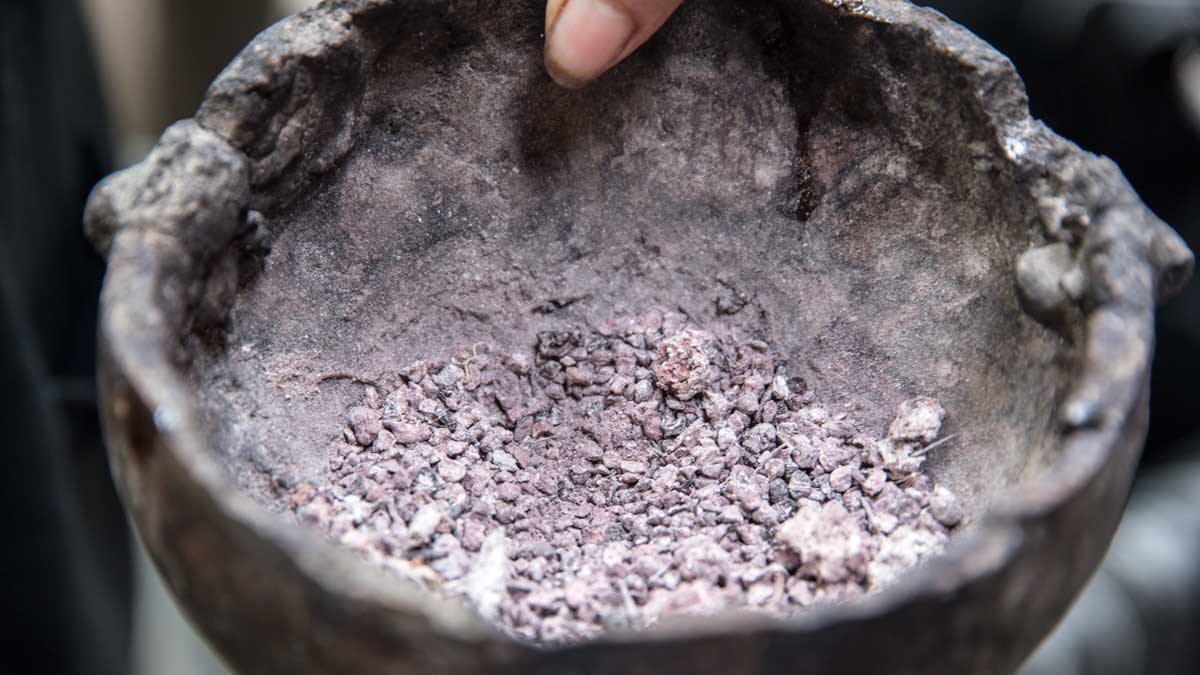
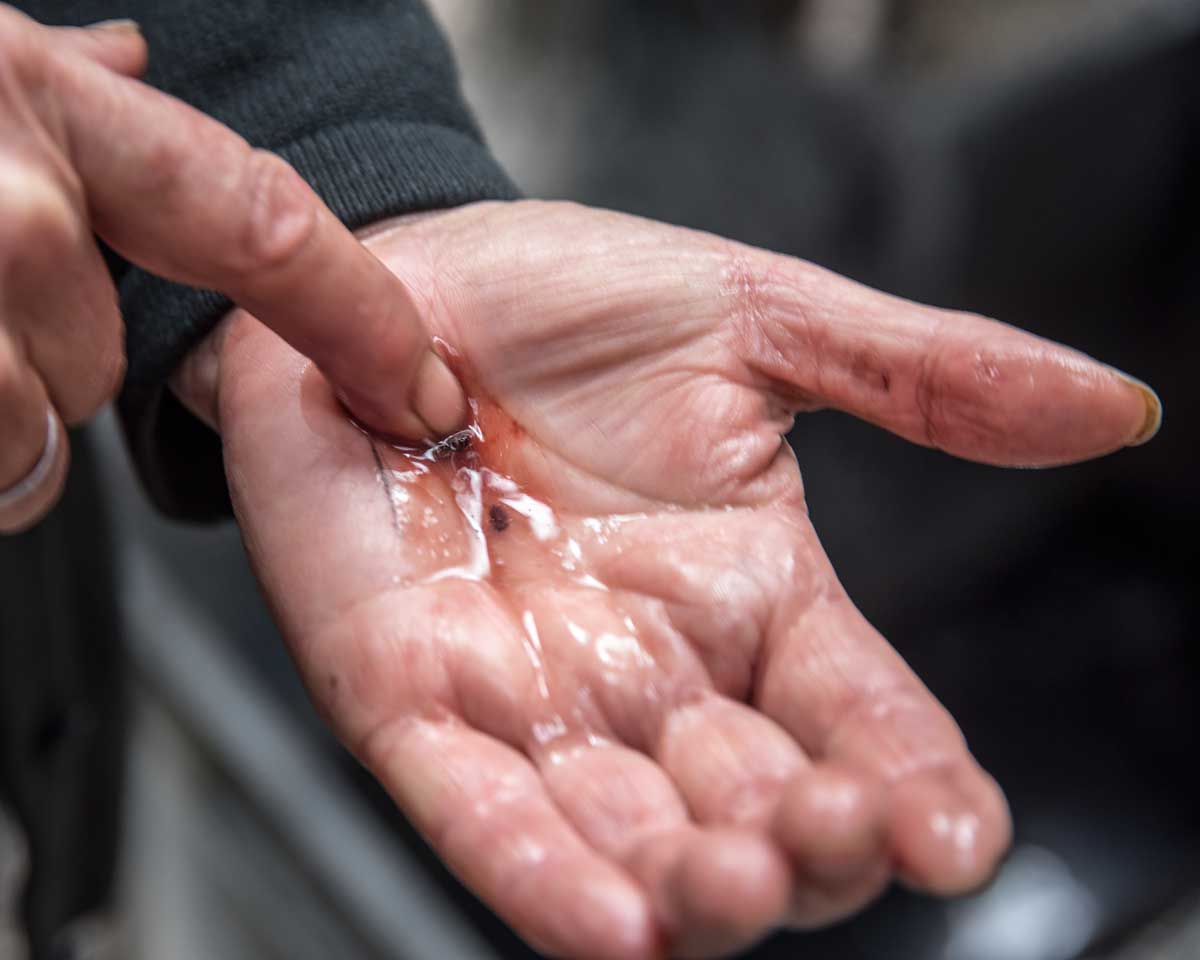
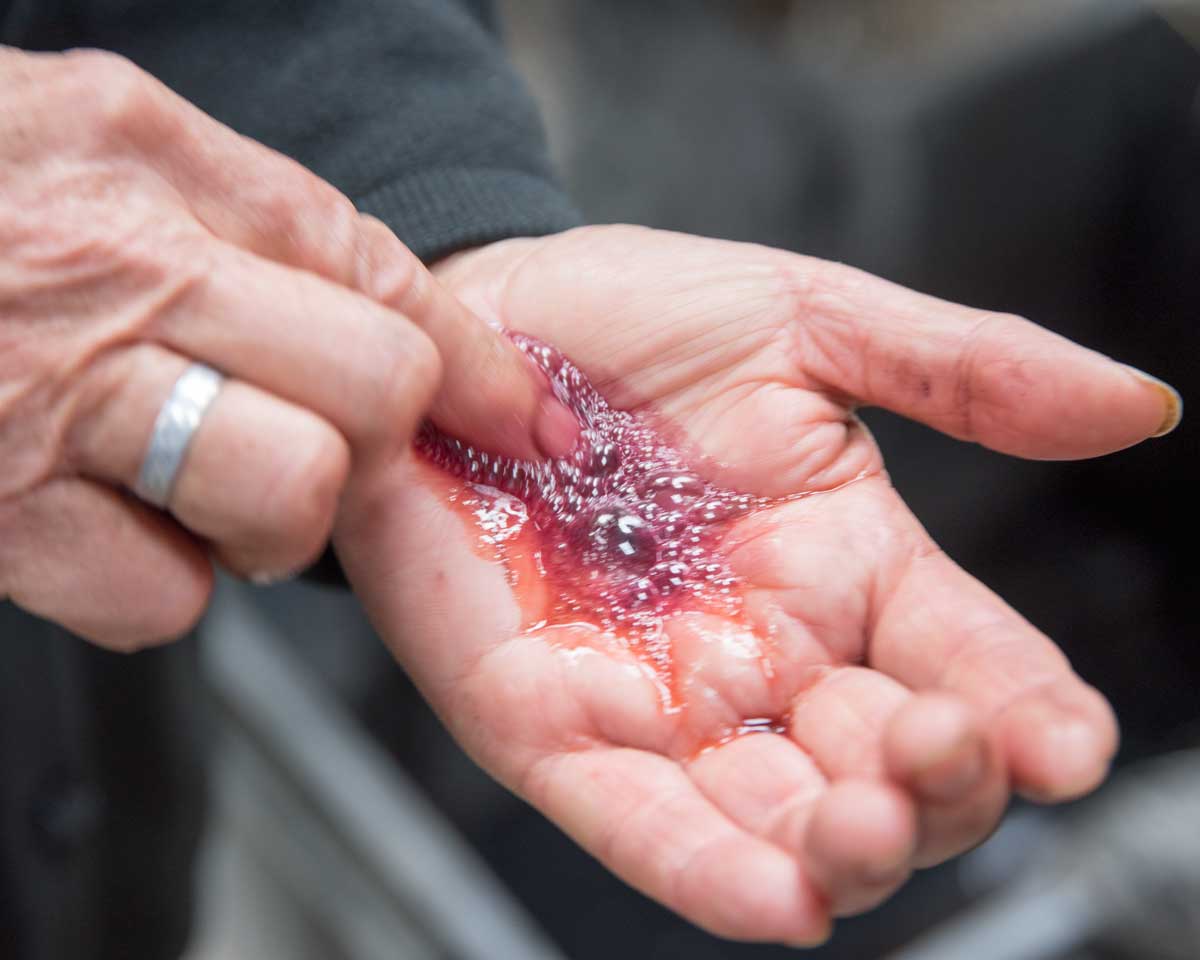

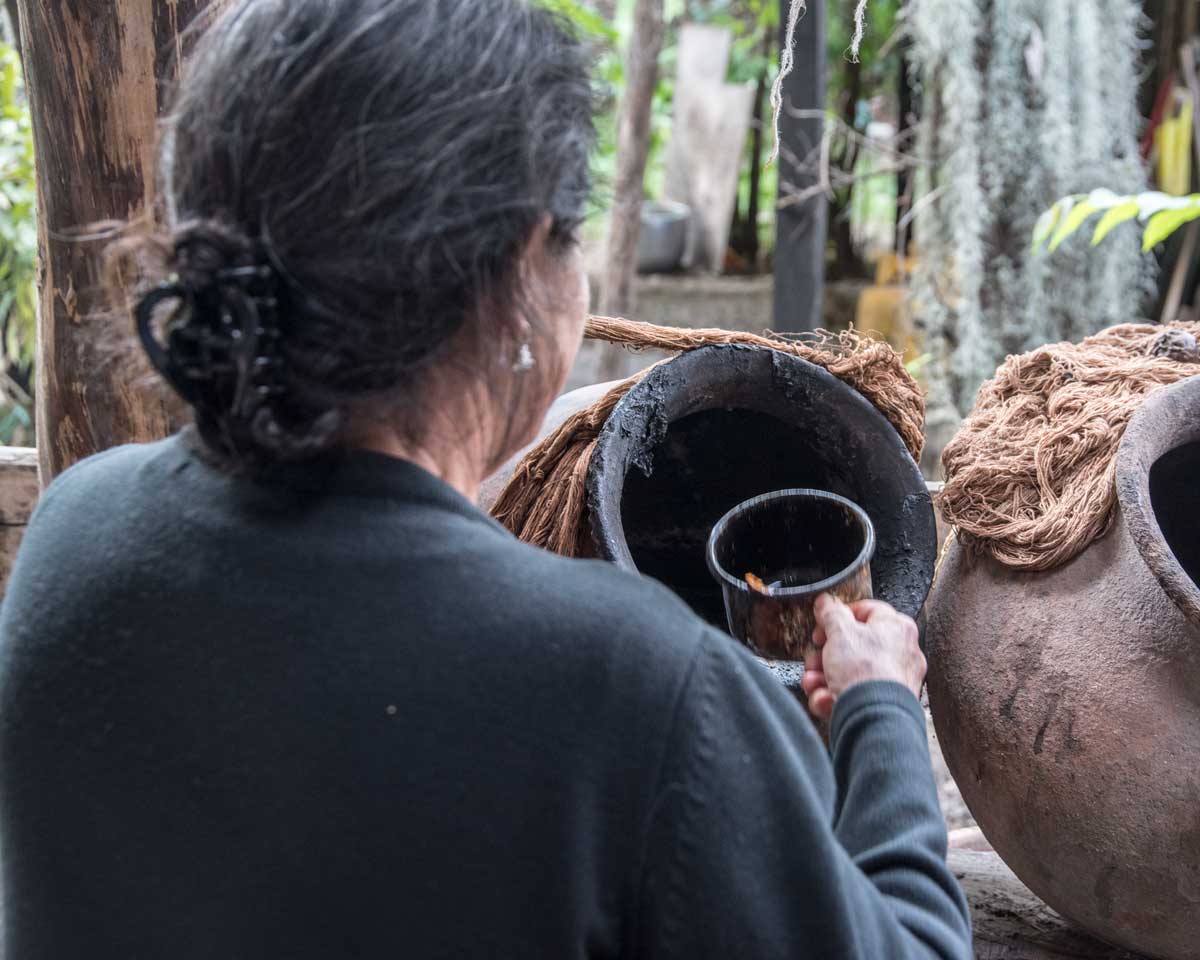
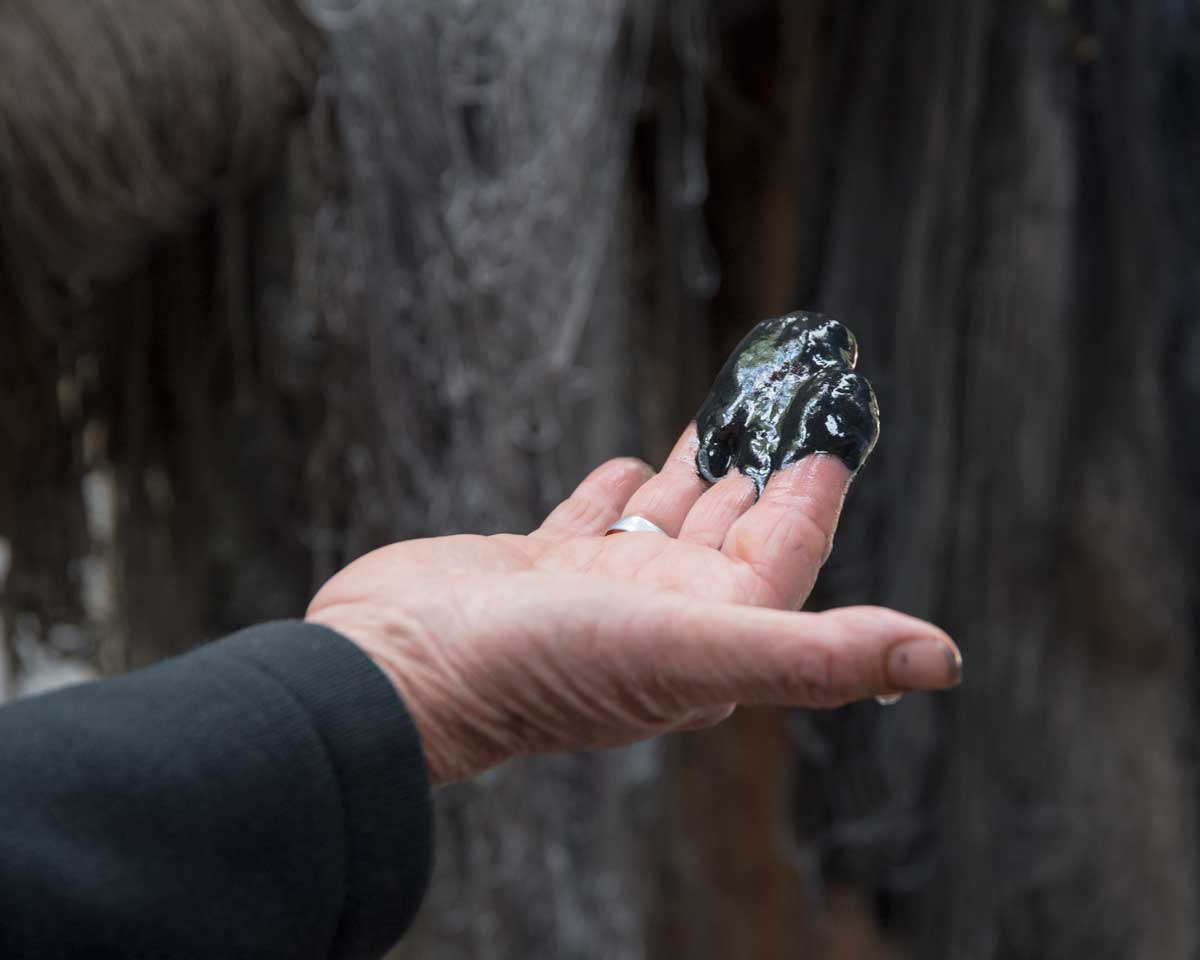
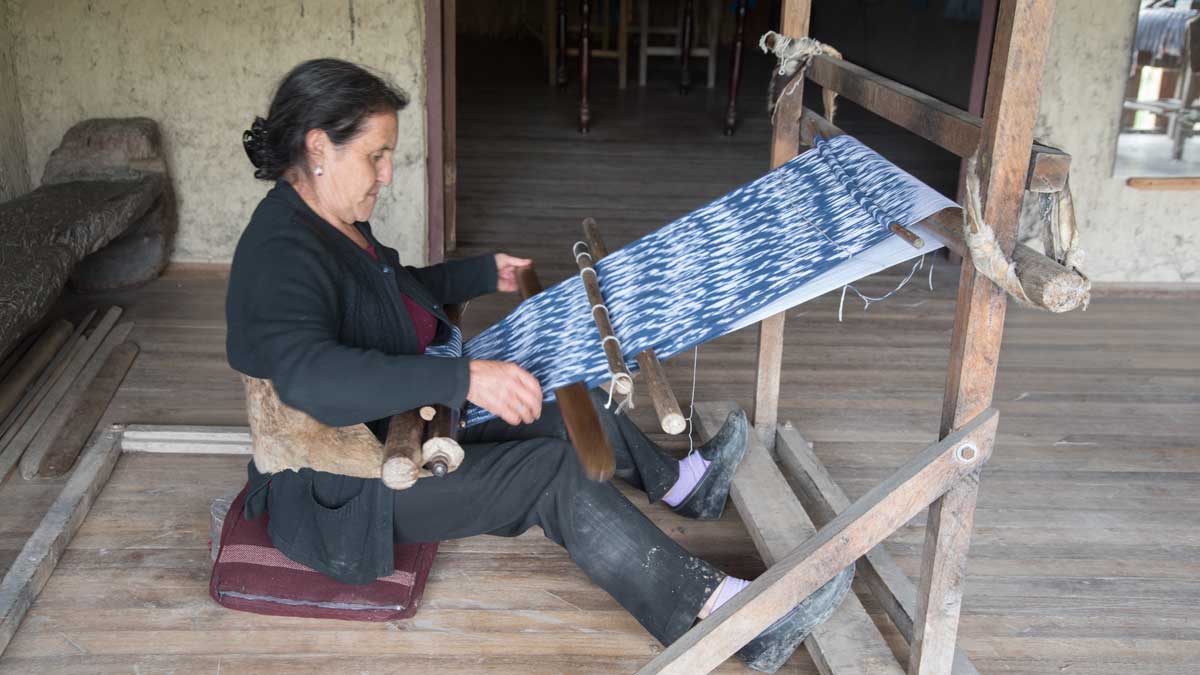
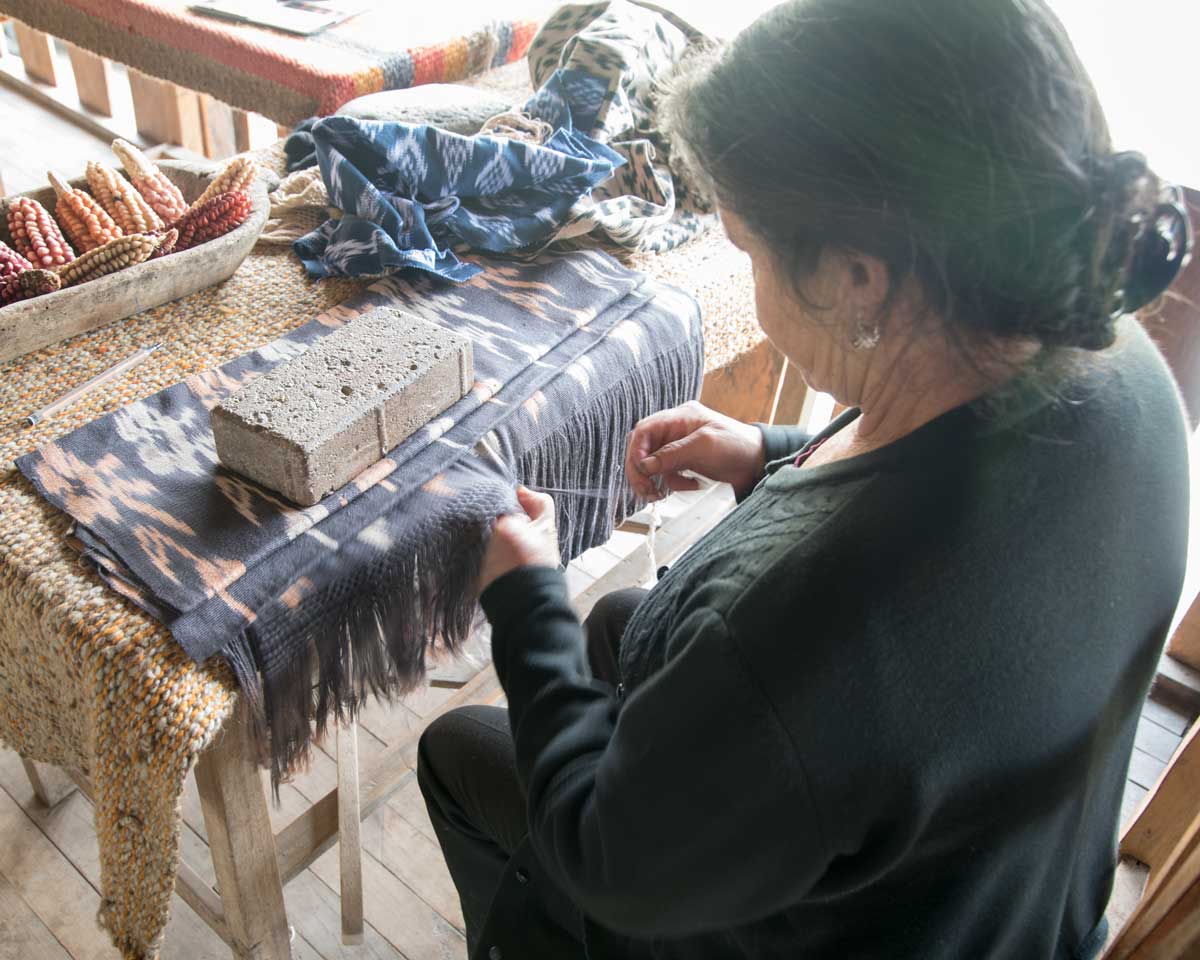

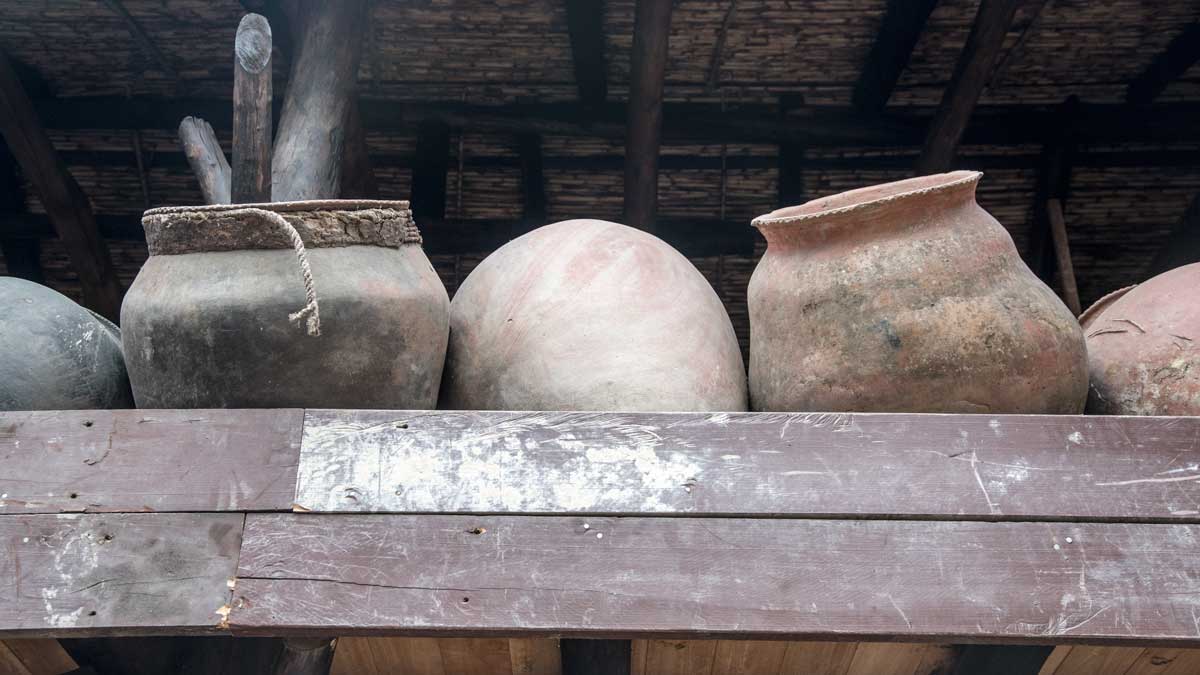
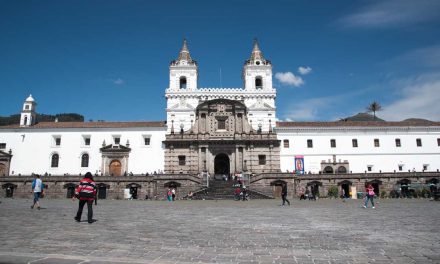

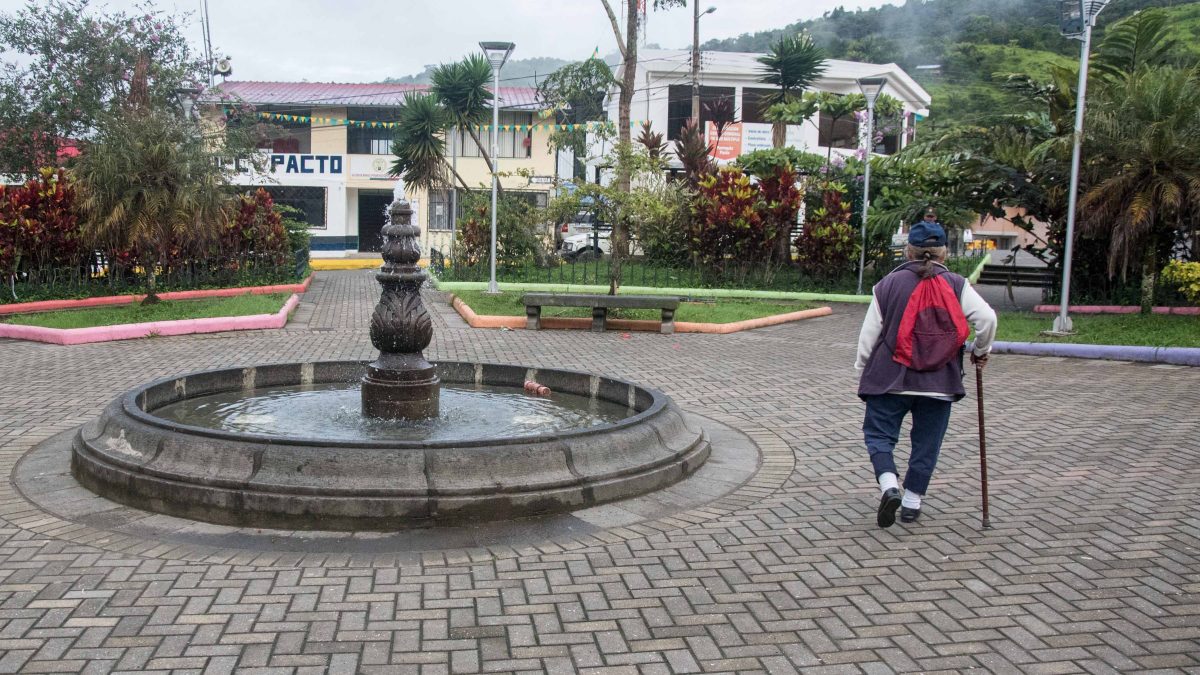
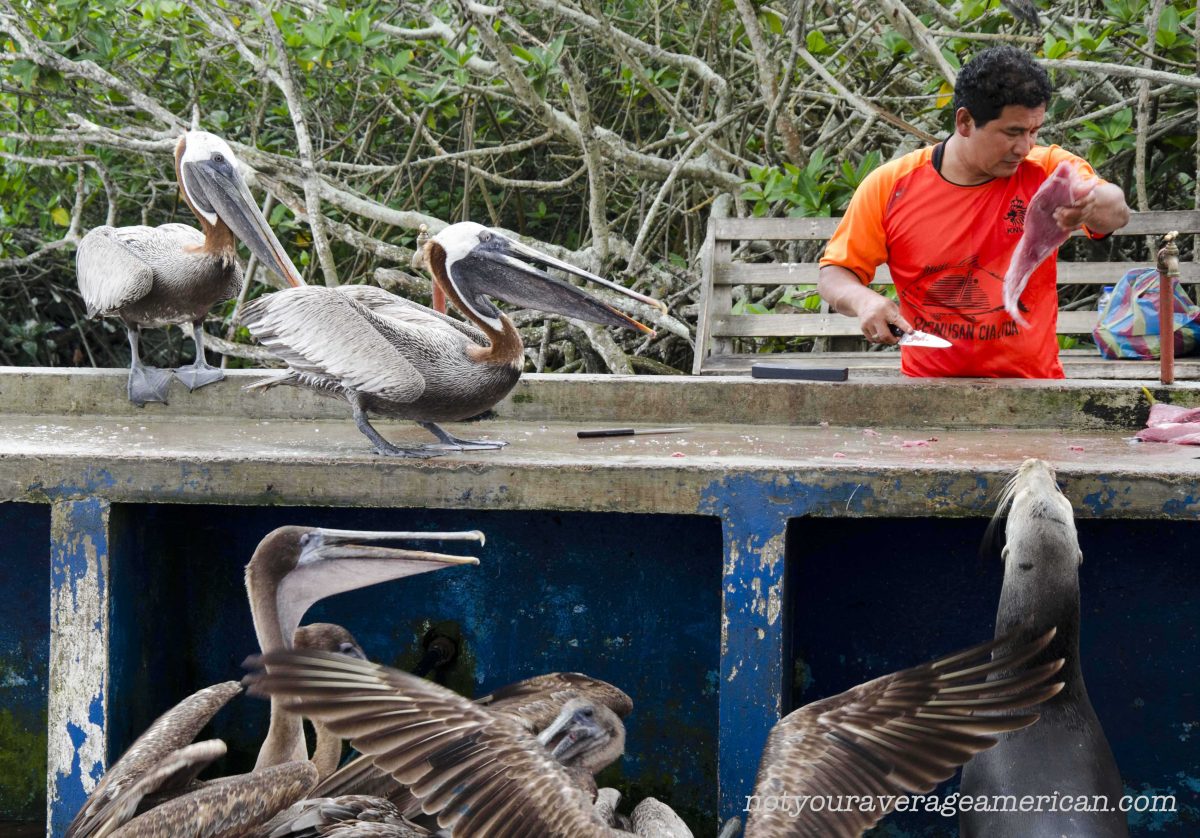

















Enjoyed your article on Makana. I’ve been living in Cuenca for 11 years, met my wife in Guayaquil (Ciudad de Monos) twenty years ago. She lived in Seattle for 8 years until I retired and moved here for good. We have driven by the place many times on our way to the one-legged Conquistador, but never stopped. We did and I am waiting for a new jacket to be made. Living in Portland, eh? I have brothers in Bandon and Rogue River, a daughter in Medford.
Hi Leonard, I am so happy that you stopped by and would love it if you would send us a picture of you in your new jacket once it is made! Next time you are in Oregon, be sure to let me know… we may have the opportunity to meet up for a coffee or beer in Stumptown.
I love it!!! I’m from Ecuador and my mother was born in Gualaceo, when I read the story I remeber my mother telling me how my grandma and ants learn “amarrar el paño”. They learn the art of making the shawls as little girls, I have several.
What a wonderful story! I would love to see the shawls you have. I know that the styles have slowly changed over time and I find it very interesting to see the different colors and patterns. I hope you are writing down these memories. It’s so important to preserve them!